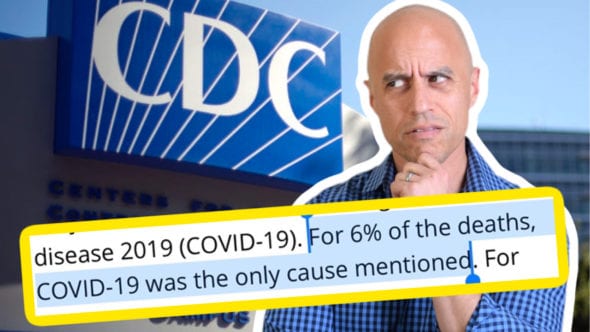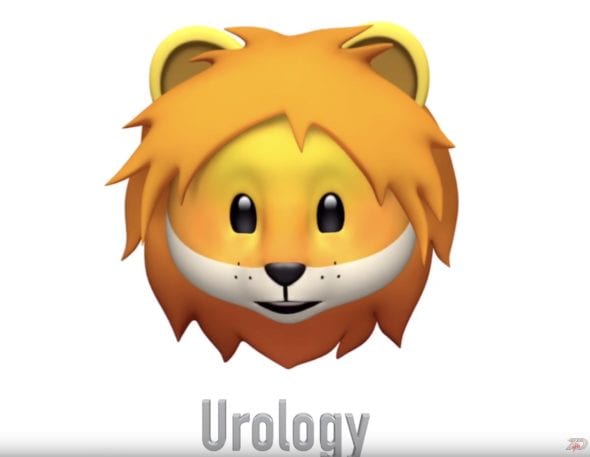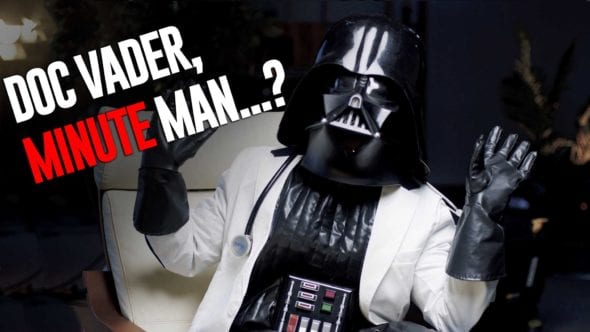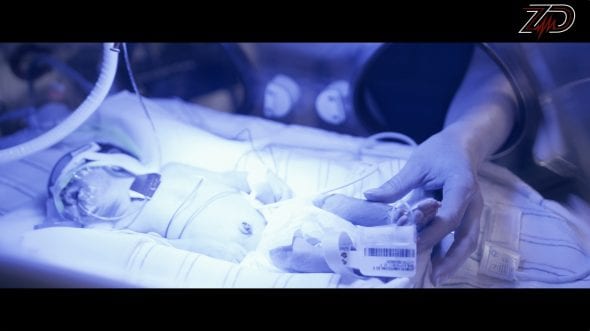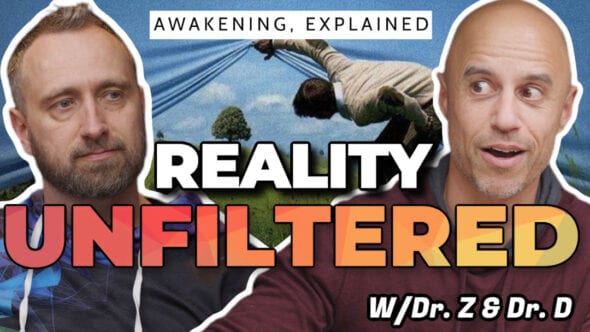We all know healthcare is a mess. So let’s understand how we got here, and where we need to go to make it better for all of us.
Here is a short, shareable history of Health 1.0 and 2.0, along with the new emergent we all hope to attain: Health 3.0.
Full transcript below, please share with everyone who’ll listen!
Leave YOUR comments on the original Facebook video below!
https://www.facebook.com/ZDoggMD/posts/10157243935782095
Yo, what’s up Z-pack? People have been asking me to kind of tell them what health 3.0 is. So I’m gonna do that right now, okay? And it starts with telling you what 1.0 and 2.0 are, and why 3.0 is a new emergent that’s gonna transform healthcare.
So we’re at a crossroads in healthcare today. So behind us we have this nostalgia-tinged kind of golden age where we had unfettered physician autonomy. Doctor’s love this, the sacred doctor-patient relationship. Laser like focus on the art and the humanity of medicine. And that was health 1.0.
The world of my dad, immigrant physician, primary care, central valley of California. That’s what I fell in love with. And while many, many, many people pine for these good old days, we can’t forget that they really weren’t all that good. So with this unfettered clinician autonomy and authority came, really, these ridiculous costs. And they were derived from misaligned incentive. So fee for service is a terrible way to get people to do the right thing for patients because you wanna do more. And outcomes were lacking, the quality was inconsistent, there was a fragmented delivery, an utter lack of systems thinking. No thinking about populations and communities and social determinants. And so evidence-based medicine wasn’t really even a thing yet. It was all about this consensus and bunch of old guys sitting around a table. Or worse, whatever the drug rep or the med device sales person of the week was pushing when they brought lunch for the office staff.
So volume based fee for service payments in 1.0, they incentivized doing things TO people instead of FOR people. And so you escalated cost, unnecessary treatment, along with just straight up fraud. Straight up corruption. Let’s not lie to ourselves. And that led to cracks in the facade of this guild of medicine. So rampant errors, massive waste, care variation that was unexplained, and a lack of focus on outcomes began to provoke a real backlash from the people who are paying for it.
And especially with the advent of the internet and democratization of information, the human relationship in 1.0 had been elevated to the sacred. But the physician remained undisputed in this sort of high priest in the church of medicine. And with the advent of the internet now people were empowered. The rest of the “team”, and I put that in quotes for a reason, ‘cuz they weren’t really a team. They were subordinates, including patients. And they were voiceless.
And so to maintain the 1.0 status quo, the medical education system stayed mired in this ancient hierarchical Greek tradition bound paralysis where you kiss the ring of the authority figure. And the physician is the boss. And the nurses stood up and brought them coffee and the chart when they entered the room. This was no way to run a team.
So in response to this real and perceived failure of this fragmented cottage industry of 1.0, this new paradigm showed up, 2.0. The era of big medicine. And business people and government and everybody asked, hey, why can’t healthcare behave like other industries, where the rules of business and economics applied? Carrot sticks, metrics, mid-level managers, administrators, why can’t they apply? Enforce a focus on value over volume, made sense. It meant looking at populations and systems design and lean and sick sigma, and big data and randomized control trials, and quality improvement science became the new religion of the realm.
But somewhere in this mix of really good intentions, these are good people trying to do the right thing, the human heart went bye bye. It was gone. It was lost. And the piece that really matters was this deep analog relationship was gone because large corporate groups gobbled up solo practices and hospital systems, managed care, government regulations, MACRA, MIPS, PQRS, HCAHPS. These ushered in the era of medicine as an assembly line. And everybody, clinicians, patients, administrators, are commodities. They’re raw materials on the assembly line of health 2.0.
And so instead of giving our authority to the guild of these paternalistic physicians who are abusing it, now we give it to endless, faceless bureaucracy, and the ten administrators to every physician. And the swelling technocracy with its faceless protocols and algorithmic click boxes that are all codified in that wonderful electronic cash register, I mean electronic medical record.
We now treat a computer screen while our patients are reduced to zeros and ones in the fricking medical matrix. And the doctor doesn’t hold power anymore, but neither does the rest of the healthcare team. And certainly not the patient. We’re all commodities. And now the very calling that brought us into this in the first place, that drew us into medicine, the sacred mission, is in crisis. 60% of docs won’t recommend the career to their kids. Nurses are burning out, they’re suffering moral injury, they’re exhausted, and our patients turn to doctor Google because they’ve lost the trust.
And Gwyneth Paltrow has a website that’s more popular than almost any physician website. Now, what is going on? Because even though these principles of quality and efficiency and systems thinking, they’re the right things to do, we’ve lost the analog human relationship that elevated medicine from a job, from a career, to a fricking calling. And it’s gone.
So how do we save medicine? How do we save our calling? It’s Health 3.0, it’s a new paradigm that’s emerging, finally. One that treats, and I see it all around the country when I travel, I see bright spots everywhere. We ran one, others run one, it’s you guys that are gonna lead this. It has to be us, frontline clinicians running this. It’s a new paradigm that treats both one and two as partially true, but incomplete. So this paradigm transcends both one and two.
Preserving the strengths, but allowing the emergence of something greater, a re-personalized care that honors both the unique individual and the larger whole. And so it’s a balance. It brings balance to the force. Health 3.0 is about connections. The primacy of the human relationship. But it’s no longer a paternalistic relationship like 1.0, or a commoditized informational relationship like 2.0. It’s a partnership with our patients and with each other on the team that can only emerge when the clinicians are given the time, the space, the tools, the autonomy, to understand that unique patient in front of us. Their hopes, their dreams, their fears. That human being in front of us.
While also recognizing that nobody exists in a vacuum, including the caregivers who are now part of this seamless team where every member is allowed and expected to practice at the top of their fricking license. So actual outcomes matter in 3.0, not click box quality measures that don’t measure quality. Clinicians are actually given the tools and the autonomy to achieve outcomes that matter to their patients. Do the right thing, let technology work in the background to enable and empower the relationship. And this allows the emergence of real value. Where cost and quality and patient experience actually intersect.
We’re paid to create this value. Not to do more tests or withhold needed care, or click through the checklist on a damn computer screen. Our administrators are the ones who are gonna seek not to greedily grab more pieces of a shrinking pie like they do now, but to grow the damn pie for everyone. So in Health 3.0, we’re evidence-empowered but never evidence-enslaved. We find this joy in the process improvement and the science that allows us to better do what we do best, which is get outcomes that matter to our patients.
But the key thing here is hold our patients accountable to take control of their health. They are a huge part of this. And they don’t get a pass. But at the same time, they hold us accountable to be their shepherds and to recognize that conscious experience and interiors actually matter as much as exterior and body. And that mind-body connection that we ignore, that conscious experience of human beings, can’t be discounted. And each member of the healthcare team supports each other while bringing their own unique gifts to bear, and clinician-leaders guide our organizations with wisdom and compassion and purpose.
This is medicine as a living, evolving organism. Every cell is unique, but also part of a bigger whole. And this is where we find the joy and the calling and the sacred mission of our purpose restored. This is Health 3.0. And if you believe in building this, join us. Share this video. Tell everyone who’ll listen to. Share stories of bright spots you’ve seen, and we can do this together. It has to be us. No one else can do it.
Category
- The ZDoggMD Show (817)
- Featured Videos (189)
- Doc Vader (142)
- Against Medical Advice (128)
- Medical Humor (95)
- Public Service Announcements (87)
- Music Parodies (74)
- Nurses (59)
- Meditation (45)
- The VPZD Show (38)
- ZVlogg (36)
- ZTalks (28)
- ZBlogg (24)



